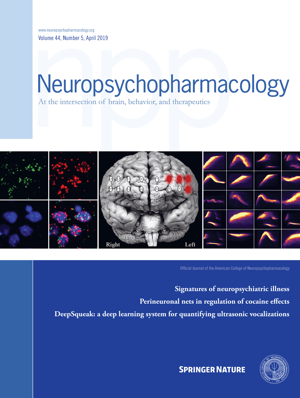
The years during adolescence and young adulthood figure prominently in a person’s development. During these years, someone may start to demonstrate behaviors associated with addiction. These behaviors suggest that people in this age group may be at risk for addiction and substance abuse.
Impulsivity Associated with Addiction Risk
Impulsivity is one of the behaviors associated with the risk of addiction. There are times when a person needs to make decisions quickly, such as when there is a danger and they must take action to avoid an immediate threat. At other times, it’s a better idea to stop and think carefully before taking any action. Impulsivity is acting without considering the consequences of one’s actions.
Most people do act impulsively on occasion, and it’s not uncommon. However, people who are living with disorders such as substance abuse, behavioral addictions, anxiety, depression or attention deficit hyperactivity disorder (ADHD) experience higher levels of impulsivity.
99 Young People Participated in Study
In a study recently published in the journal Neuropsychopharmacology, researchers from Cambridge University’s Department of Psychiatry and Denmark’s Aarhus University found a “strong association” between increased impulsivity in young adults and certain abnormalities in nerve cells located in the putamen. This part of the brain has already been identified as a key region connected with addictive disorders.
Ninety-nine young people between the ages of 16-26 completed a computer-based measure of impulsivity as part of the study. The researchers scanned the participants’ brains with a sequence that can identify myelin content.
Myelin Levels Related to Impulsivity
Myelin is a protein-rich covering that coats a nerve cell. It works in the same manner as the plastic coating that is placed around electric wiring and is needed for rapid nerve conduction between the body and the brain.
The researchers found that people who demonstrated higher levels of impulsivity also had lower levels of myelin in the putamen. This conclusion builds on previous studies conducted with rodents at Cambridge University and at other locations.
Dr. Camilla Nord, of the MRC Cognition and Brain Sciences Unit, the lead author of the study, said[1] that people who show a heightened level of impulsivity are also more likely to experience a number of mental health issues, which include substance abuse, eating disorders, behavioral addictions, and ADHD. Dr. Nord went on to explain that this suggests impulsivity is an endophenotype. This is defined as “ a set of behavioural and brain changes that increases people’s general risk for developing a group of psychiatric and neurological disorders.”
Source:
[1] https://www.sciencedaily.com/releases/2019/03/190304105436.htm



